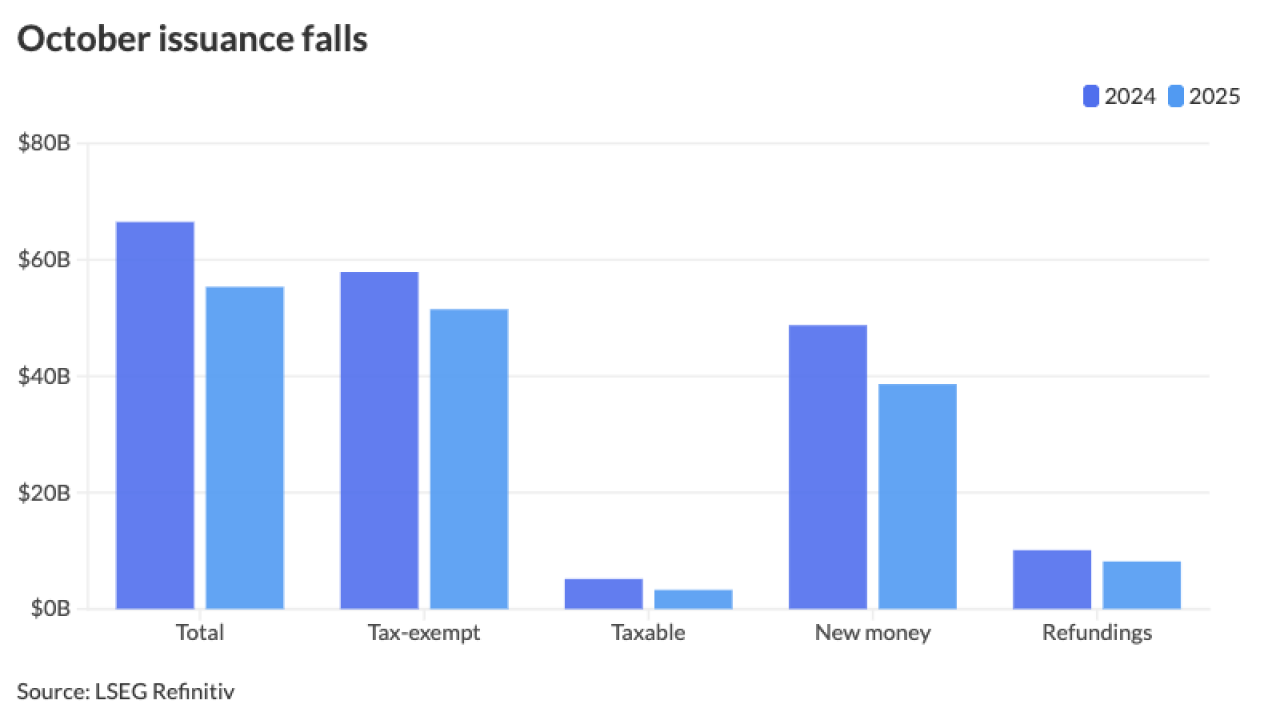The Council of Development Finance Agencies will focus next year on getting Congress to expand the definition of manufacturing for purposes of small-issue industrial development bonds, according to the group.
After securing a related legislative victory this spring, the CDFA hopes to use its voice on Capitol Hill to get the definition expanded. Manufacturing industries have evolved in the 30 years since the related tax laws were written, and new sectors such as biotechnology and software should be included as allowable projects for IDB financing, the group argues.
The CDFA, which outlined its upcoming legislative priorities in the latest edition of its newsletter yesterday, is a national organization that attempts to advance the interests of state and local governments and municipal authorities that provide economic development financing, including those using taxable and tax-exempt bonds, as well as several non-governmental and private organizations.
It notched a significant legislative victory in May when President Bush signed the tax reconciliation bill into law. That bill included a measure speeding up the effective date for an increase in the capital expenditure limit for small-issue industrial development bonds, from $10 million to $20 million.
The IDB increase was originally scheduled to go into effect Sept. 30, 2009, and the CDFA lobbied to move up its effective date after hearing that projects that were not going forward because small issuers were concerned about bumping up against the $10 million limit. The tax reconciliation bill provision moved the effective date to Dec. 31 of this year.
The CDFA regrouped after that win while development finance-related activity was slow on Capitol Hill, it said. Members of its legislative committee agreed that updating the definition of manufacturing for small-issue IDBs to include biotech, software, technology and other new economy manufactures is their most critical priority.
“To achieve this goal, CDFA staff and members will be making the rounds in Washington to build a partnership and consensus on the appropriate and renewed definition,” the newsletter said.
The group also plans to connect with national muni groups such as the National Association of Bond Lawyers, the Government Finance Officers Association, and The Bond Market Association, which recently merged with the Securities Industry Association, “to build consensus on a new definition that all parties can support,” it said.
Second on the priority list is securing an increase in the overall IDB size limitation, from $10 million to $20 million, which would allow more issuers access to financing and provide a stronger tool for the economic development community, according to the group.
“Much like the capital expenditure limitation, this limitation was established in the late 1970s and has not been adjusted for inflation over time. In today’s economic terms, $10 million has only half the purchasing power that was available when the figure was determined,” the CDFA said.
“Our two-year effort on [the capital expenditure increase] resulted in a positive change for the industry, and we hope to build on this success by working with Congress and other national partners to continue to improve the laws that govern industrial development bonds,” executive director Toby Rittner added.
The CDFA said it would also continue monitoring the federal budget as it relates to federal funding and appropriations for financing programs, and keep an eye on efforts to curtail or limit the use of eminent domain for economic development as it relates to the use of tax increment financing and other special district finance tools.





